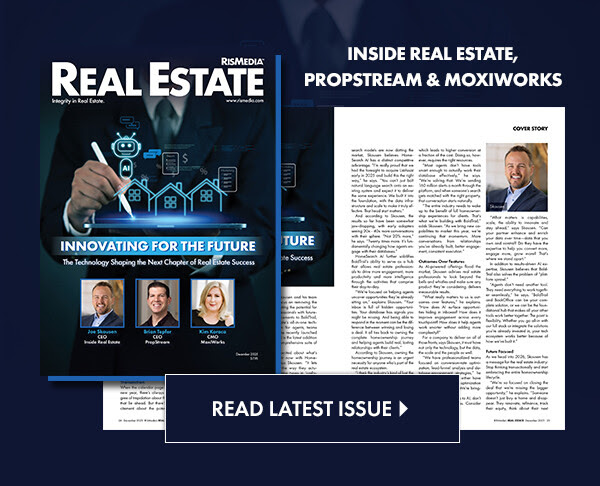 Rising interest and capitalization rates top the list of issues that have future implications for real estate. That’s according to an industry expert at the “Top 10 Issues Affecting Real Estate” session held recently at the 2013 REALTORS® Conference and Expo.
Rising interest and capitalization rates top the list of issues that have future implications for real estate. That’s according to an industry expert at the “Top 10 Issues Affecting Real Estate” session held recently at the 2013 REALTORS® Conference and Expo.
Scott Muldavin, industry veteran and president of The Muldavin Company Inc., a consulting firm in San Rafael, Calif., that serves the real estate industry, shared his insights into top issues that could potentially impact homeowners, real estate markets and the industry in the coming years.
He said the top issue affecting real estate is that historically low interest rates have driven the economy and real estate markets in recent years, but as rates start to rise, it could raise capitalization rates, the ratio between the income produced by an asset and its cost, which could create anxiety about investing in real estate. “Interest rates are going to rise significantly, so my advice is to be careful about your investments today and lock in those low rates if you can,” said Muldavin.
He said that healthcare is also an important issue that has implications for real estate. As the population ages, there will be greater demand for senior housing, requiring a change in the configuration and size of available housing, and for greater medical care, resulting in an expansion in medical facilities.
Muldavin said there’s been a capital market resurgence, which is good news for residential and commercial real estate. In commercial markets, transaction volume is up, credit is available, underwriting has loosened and a full range of debt options is back. For residential markets, underwriting remains tougher but rates are near historic lows and affordability remains high.
Future housing demand from echo boomers, the 80 million Americans born between 1982 and 1995, will also impact real estate markets, he said. “We are the only developed country that has had an echo boom and that’s a positive thing if the country can react and respond to it,” said Muldavin.
Echo boomers often prefer a more flexible and active urban lifestyle, they rely heavily on mass transit, and are often willing to trade home size for location. However, Muldavin said that the suburbs are fighting back with better mass transit, new bike paths, and repurposed properties to attract more future buyers.










